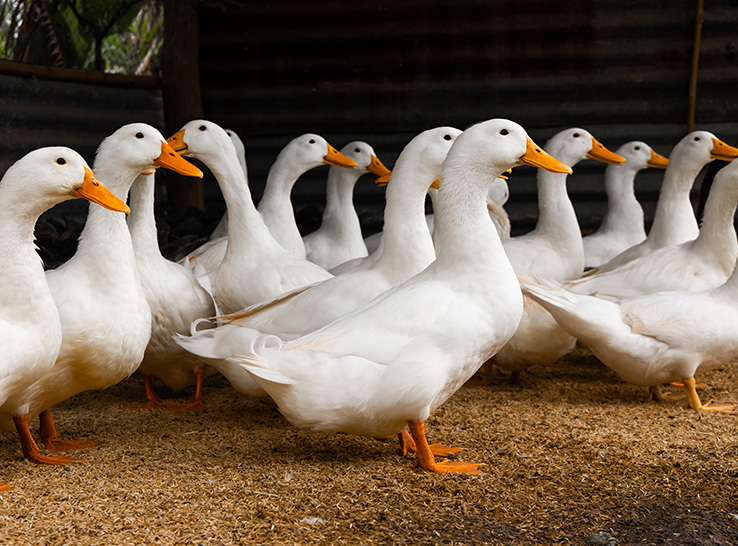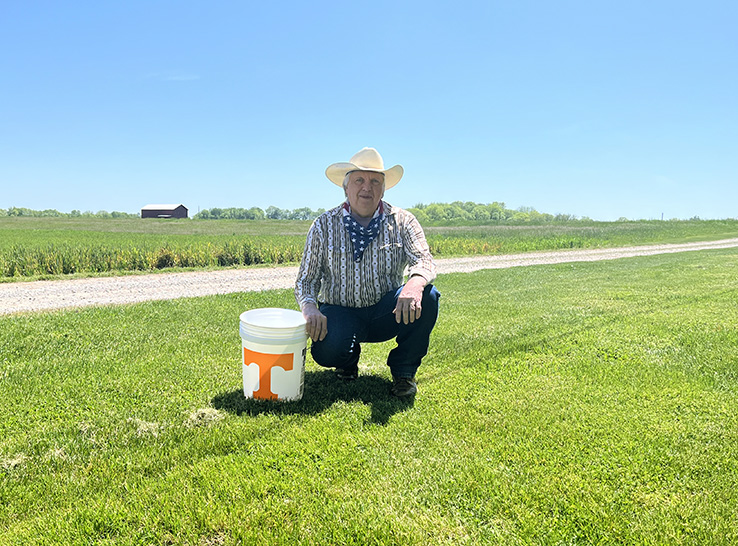By Tom Tabler, PhD
Professor, Extension Poultry Specialist
University of Tennessee Extension Service, Animal Science Department
Spring Hill, TN
Precision Livestock Farming (PLF) is the use of technology to automatically monitor livestock and the farm environment in real time to aid in farm management. PLF technology can tirelessly monitor flock status 24/7 and give early warnings when something is amiss so growers can correct the problem before it gets worse.1
Although still in its inception stage, PLF will ultimately enable data about every animal on a farm to be gathered and used to optimize management practices. Automated systems can weigh birds and feed as well as feed intake. Bird imaging and sound monitoring can signal welfare or disease issues sooner than ever before. Sensing systems can track ammonia, CO2, humidity and greenhouse gas levels in the house.
Precise daily nutrition
One of the most important contributions of PLF will be maximizing the nutrient bioavailability of diets. PLF technology gives integrators and growers the ability to achieve daily optimal nutrient requirements without overfeeding and wasting nutrients or negatively affecting the environment.
Let’s take commercial broilers as an example. Integrators currently feed a variety of diets over the life of a flock…starter, grower, finisher, withdrawal, and possibly more. We have known for some time that increasing the number of feed changes allows us to increase bird efficiency but, in the past, too many changes just weren’t practical.
With today’s PLF technology, precision nutrition allows the adjustment of broiler diets to ensure that dietary nutrient provision equals daily nutrient requirement.
On today’s broiler farms, growers often have two or three feed storage bins at each house, perhaps each with an auger to feed hoppers inside the broiler house. The addition of feed bin scales and the monitoring equipment technology that I already see on many newer farms allows advanced possibilities such as accurately blending a protein and energy concentrate or perhaps blending starter, grower or finisher diets together; ideal amounts of daily lysine, methionine, protein and energy requirements for any day of age can be provided. Programming makes it possible to manage the feed system daily as the flock ages — much like the poultry house controller determines the house temperature and ventilation rate.
Help with heat waves
Here’s another example of how PLF can be useful. For the last 40 years or so, I’ve seen the first big heat wave of summer always catch us somewhat off guard, leading to heat losses in our flocks.
Suppose we have two feed bins per house — one with a high-protein-low-energy feed and one with a low-protein-high-energy feed. We know that high protein diets have a higher heat increment than those with high carbohydrate levels. PLF provides an opportunity to immediately blend a diet on-farm from our two feed bins with reduced protein to deal with that first heat wave until birds have time to acclimate.
We currently change the broiler diet from starter to grower to finisher to withdrawal every week or two. The ability to change the diet every day to meet the daily genetic potential of today’s broilers offers a true precision nutrition and feeding experience.
We may not be taking full advantage of this technology just yet, but precision feeding may be the key to precision nutrition that the poultry industry can use to improve flock performance and poultry management more accurately at the farm level.
Accommodates for grower ability
Here’s something else to think about. Every integrator has a group of growers with a wide range of talents and expertise. I was a broiler service tech long enough to know that some folks are better chicken growers than others, and it’s impossible for integrators to formulate specific diets for each individual grower. However, if we bring precision feeding technology into the equation, integrators can manage diets at the farm level to match the capabilities of individual growers.
Talented growers may be able to grow efficient birds on feed with a less dense nutrient profile or market a day or so earlier on a standard diet, which would save money on feed cost. Less-talented growers might need a little extra help from a diet that is slightly more nutrient dense.
Precision feeding technology offers the possibility to blend a daily diet at the farm level to match the talents and performance of individual growers and perhaps reduce flock variability across growers in a complex, minimizing production costs.
‘Huge potential’ for profitability
As recently as 2 or 3 years ago, I considered PLF futuristic thinking, especially at the farm level, but my opinion has changed. PLF technology and the precision feeding concept offers possibilities that have never before been available.
The benefits of PLF include the potential for better animal health and welfare, optimized inputs and maximized output, reduction in the environmental impact of farming and a reduction in farm labor. It offers huge potential for poultry growers to increase profitability and better manage their valuable time. PLF also allows livestock farmers to improve global food security.
There will be challenges, however. Despite making a farm more profitable, affordability in the beginning will be an issue. Another risk factor will be the threat of a system going down, particularly if the system is fully automatic.
Keep the 5-gallon bucket
Precision feeding will change how we produce broilers in the future. However, any technology is simply a tool to assist poultry growers, not replace them. Technology cannot replace the grower spending time in the chicken house.
I tell college students in class and poultry growers in the field that, “Your best friend is a 5-gallon bucket.” Take that bucket into the chicken house, turn it upside down and sit, watch and learn what goes on. No amount of technology, equipment, controllers, sensors, alarms, etc. can ever replace you.
Nobody grows good chickens without being in the chicken house; it’s that simple, but emerging technologies like precision feeding and other PLF practices can help growers be better chicken farmers.
1 Berckmans, D. 2017. General introduction to precision livestock farming. Animal Frontiers. 7:6-11. doi:10.2527/af.2017.0102.




